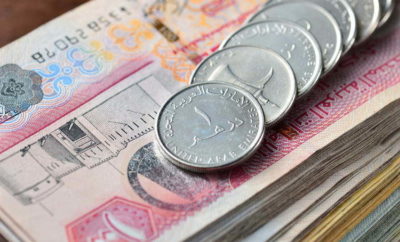Business
India’s Workforce to Be World’s Largest By 2027

The population in the youngest worker age bracket will continue to rise in India as it contracts in US and China.
India’s millennial generation is set to boost the country’s labour force to be the world’s largest by 2027. The global work force in the next 10 years would consist of more people from India, which will rank above China or the United States while Pakistan and African nations will also see a surge.
India’s working-age population is expected to expand to 18.6 per cent of the global labor force by 2027, up from 18 percent this year, according to Bloomberg analysis of the United Nations population-projection data. In China, it is expected to fall to 18.3 percent from 20.5 percent, as the number of people aged 15 to 64 will drop by 21 million to 989.4 million.The number is expected to exceed 1 billion in India.
The US will hold on to its third spot, as it shrinks to 4 per cent of world’s labour force from 4.3 per cent over the decade. Indonesia and Brazil will round up the top five.
The millennials are defined as group aged between 18 and 35 years who are a hyper-connected and tech-savvy generation.
The population in the youngest worker age bracket will continue to rise in India as it contracts in the US and China, according to a research report by Morgan Stanley. “India’s strikingly young population is in sharp contrast to that of other large economies such as China, the US and Europe,” the researchers noted.
The Impact
Given the nature of their growth, millennials are driving the economic transformation in India. They are already the chief wage earners in most households. Their growth will be the backbone of growth of other key industries, according to proprietary AlphaWise survey of urban, middle-class millennials.
“Car penetration in India tends to rise as incomes expand. While the number of users of app-based taxi services is growing, most millennials surveyed still say that they prefer to own at least one car,” Binay Singh, a journalist who covers India’s automobile industry, told Forbes magazine. Such auto-ownership aspirations will lead to a “multiyear upcycle” for auto sales in India, according to Singh.
Millennials are also driving India’s smartphone revolution, with 84 per cent of them relying on mobile broadband, Morgan Stanley researchers said. Averaging 17 hours a week online, millennials’ need for speed is forcing the country’s telecom industry to ramp up its infrastructure to meet the growing demand.
The Work Culture
The millennials are also driving the work culture in big companies. They are used to flexibility, openness and making instant connections with people regardless of their location, according to Wired.
“For millennials, the first thing they want is the ability to learn and grow, as we all should have,” Dan Negroni, who has worked as CEO and an attorney, told Forbes. “The second thing they want is authenticity because they’ve been bombarded through technology with a crazy amount of inauthentic things to just get them to buy things or get their mind share.”
The needs and likes of the generation have brought about many changes across different walks of life. Companies like Infosys, Coca-Cola and Visa Inc. have relaxed their formal dress code. Many firms are looking at direct employee engagement to find ideas to build into company strategy. An example that highlights this approach is Murmuration, a crowd-sourcing initiative launched across Infosys offices in August 2014. They launched this initiative because millennials expect a technology-enabled workplace that promotes a collaborative, transparent and participative organisation culture and innovation, and rewards individual contribution.
Technology, of course, occupies the centre stage when it comes to designing initiatives for millennials. Last year, IBM developed a tool called IBM Verse that integrates email, meeting, calendar, file-sharing, instant messaging, social update, and video-chat capabilities on a single platform, according to Dilpreet Singh, vice president, HR, IBM India and South Asia. It was designed by the millennial staff, he told The Mint.




You must be logged in to post a comment Login